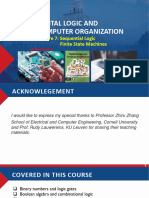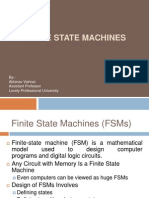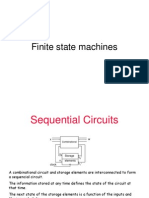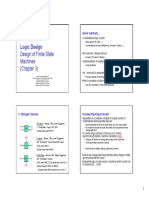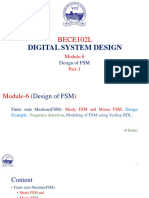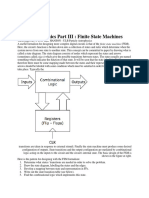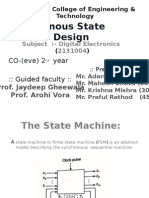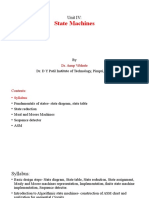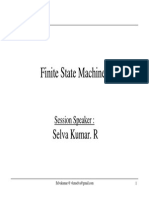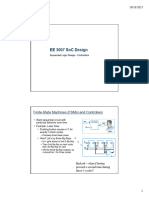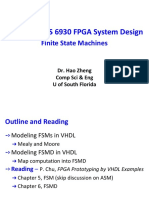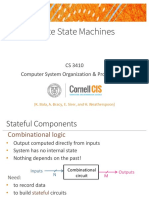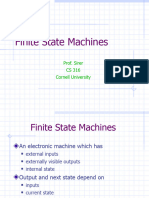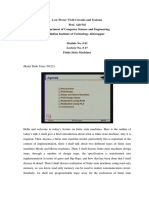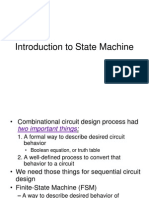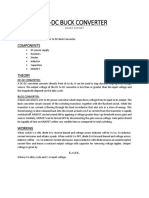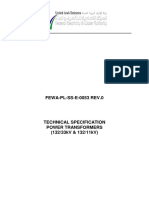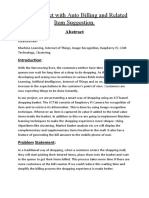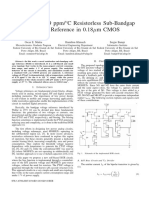0% found this document useful (0 votes)
4 views2 pagesFinite State Machines Notes
The document outlines the essential steps for designing finite state machines (FSM), including creating state diagrams and tables, state reduction, and implementing Mealy and Moore machine representations. It also discusses the implementation of sequence detectors and generators using shift registers, highlighting their applications in various digital systems and communication protocols. FSMs are utilized in a range of fields, from embedded systems to game logic and hardware control.
Uploaded by
storagephoto087Copyright
© © All Rights Reserved
We take content rights seriously. If you suspect this is your content, claim it here.
Available Formats
Download as DOCX, PDF, TXT or read online on Scribd
0% found this document useful (0 votes)
4 views2 pagesFinite State Machines Notes
The document outlines the essential steps for designing finite state machines (FSM), including creating state diagrams and tables, state reduction, and implementing Mealy and Moore machine representations. It also discusses the implementation of sequence detectors and generators using shift registers, highlighting their applications in various digital systems and communication protocols. FSMs are utilized in a range of fields, from embedded systems to game logic and hardware control.
Uploaded by
storagephoto087Copyright
© © All Rights Reserved
We take content rights seriously. If you suspect this is your content, claim it here.
Available Formats
Download as DOCX, PDF, TXT or read online on Scribd
/ 2


